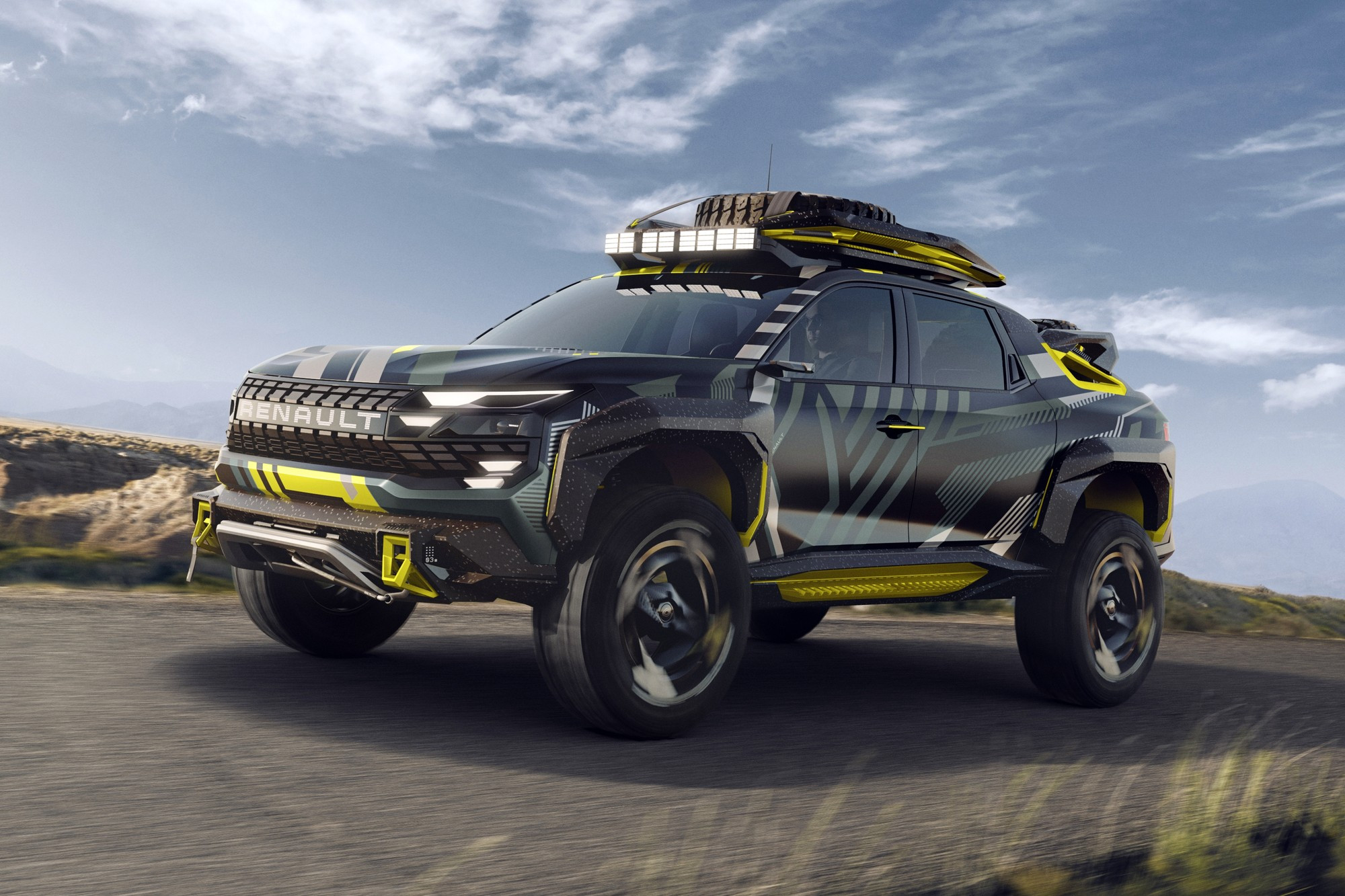
Renault Group has revealed its development plan outside Europe until 2027, eight new products have been announced, including on Volvo’s CMA platform — Renault gained access to it through a partnership with the Chinese holding Geely.
Europe is the main market for the Renault Group in general (it includes the Alpine, Dacia and Mobilize brands) and the parent brand Renault in particular. but Renault (as a brand) has had and remains a strong position in foreign markets since the middle of the last century. In 2022, sales of the Renault brand outside Europe, according to the company itself, amounted to 634,124 cars, despite the fact that in the same year Renault hastily curtailed its work in Russia against the backdrop of well-known geopolitical events, and the French brand left China back in 2020 against the background disappointingly weak sales.
Today, the main foreign markets for the Renault brand are Brazil, Turkey, India, South Korea and Colombia. To strengthen its position here and in a number of other developing countries, the Renault Group intends to invest 3 billion euros and introduce eight new models over the next four years. The goal is to double net revenue per unit by 2027; sales targets are wisely not specified.
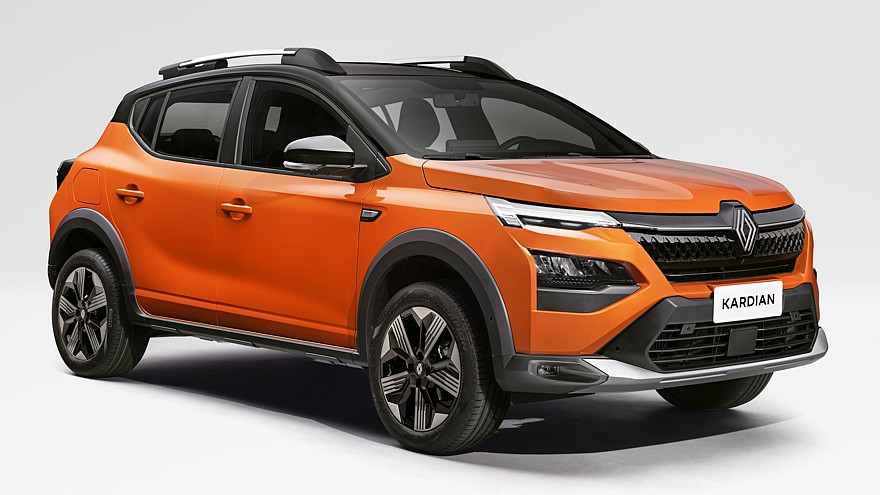 Renault Kardian
Renault Kardian
One new product has already been declassified — this is the Renault Kardian subcompact crossover for Latin America and Africa, we have dedicated a separate note to it. Kardian is based on a certain “new modular platform”, which does not yet have its own name; it is only known that it will form the basis of new compact and subcompact models with “hydrocarbon” and hybrid power plants.
Renault's new products for South Korea stand out — here the French brand promises prestigious models of classes D and E, which will be based on the modular platform CMA (Compact Modular Architecture), developed by Volvo Cars back in the last decade. Volvo Cars, let us remind you, today is part of the Chinese holding Geely, with which the Renault Group has recently been closely cooperating — last summer the Renault Group and Geely launched a giant global motor joint venture. The word Compact in connection with the CMA platform should not be confusing; the Geely holding has adapted it for fairly large models — for example, for the newest crossover Lynk & Co 08. New Renault products for South Korea will be hybrid, including all-wheel drive, the first model will debut next year.
By the way, Renault Group and Volvo Group (produces commercial vehicles and is not associated with Geely) are also now are collaborating: a joint venture was announced earlier in October to produce high-tech electric vans.
But let’s return to Renault’s own new platform for emerging markets: this is, in fact, a replacement for the Global Access “trolley”, well-known in the Russian Federation, also known as B0 in the past. Most likely, the new platform is a simplified version of the European “trolley” CMF-B, but this is not directly stated. The main difference between the new platform and the outgoing Global Access is the ability to integrate modern active safety systems and readiness for multi-level hybridization: both the simplest 48-volt mild hybrids and more complex, full-fledged hybrids with E-Tech power units, already known to us from European models, are promised Renault.
Renault Niagara 1/6 2b580a.jpg» /> Renault Niagara 2/6 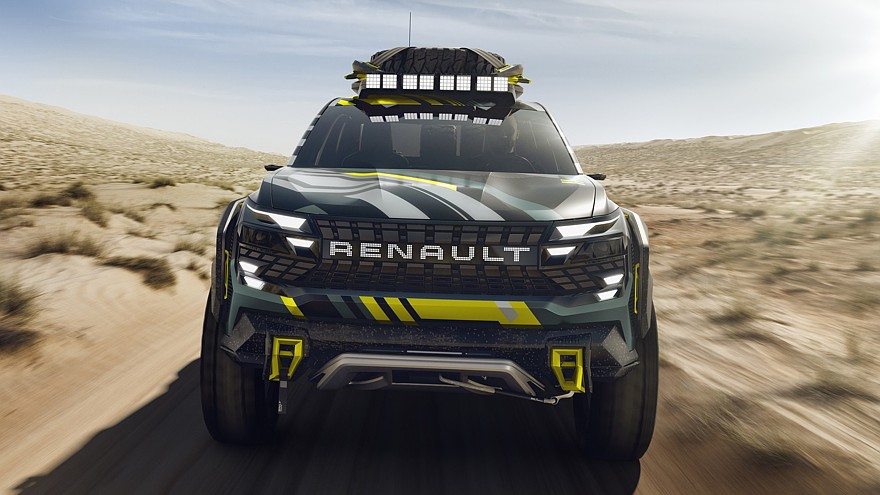 Renault Niagara 3/6
Renault Niagara 3/6  Renault Niagara 4/6
Renault Niagara 4/6 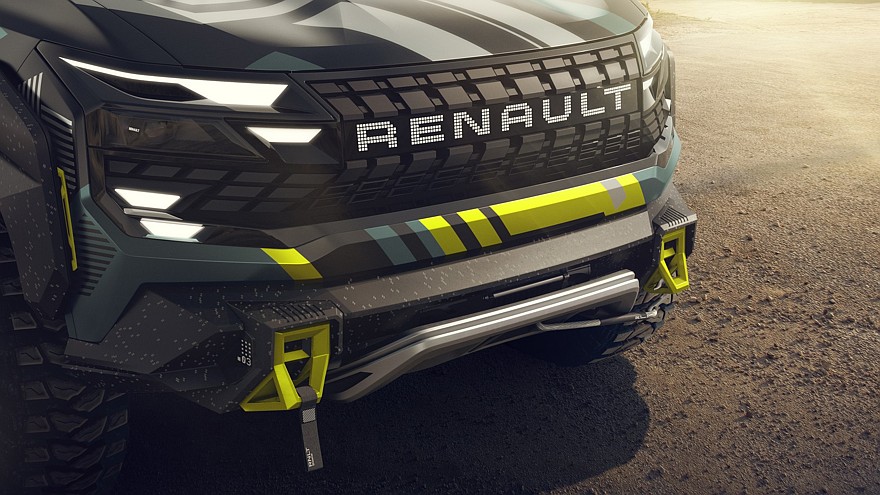 Renault Niagara 5/6
Renault Niagara 5/6 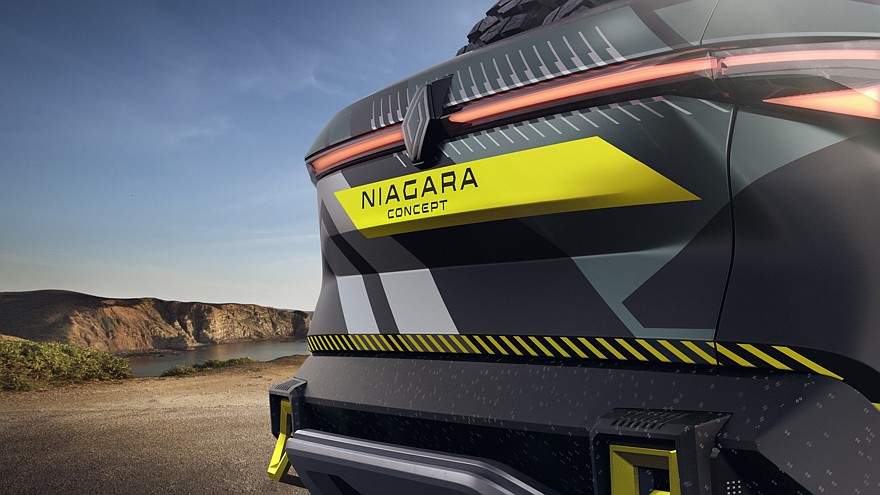 Renault Niagara 6/6
Renault Niagara 6/6
The all-wheel drive of Renault models on the new global platform will also be hybrid, that is, the rear wheels will not be mechanically connected to the engine and gearbox, but will be driven by an electric motor. Such all-wheel drive is announced for the Niagara concept pickup truck presented today; its production version will most likely replace the Brazilian Renault Oroch pickup truck, made on the basis of the “first” Duster. It's easy to guess that the Renault Niagara is a direct relative of the next-generation European Dacia Duster and the larger Dacia Bigster crossover, they will also have hybrid all-wheel drive.
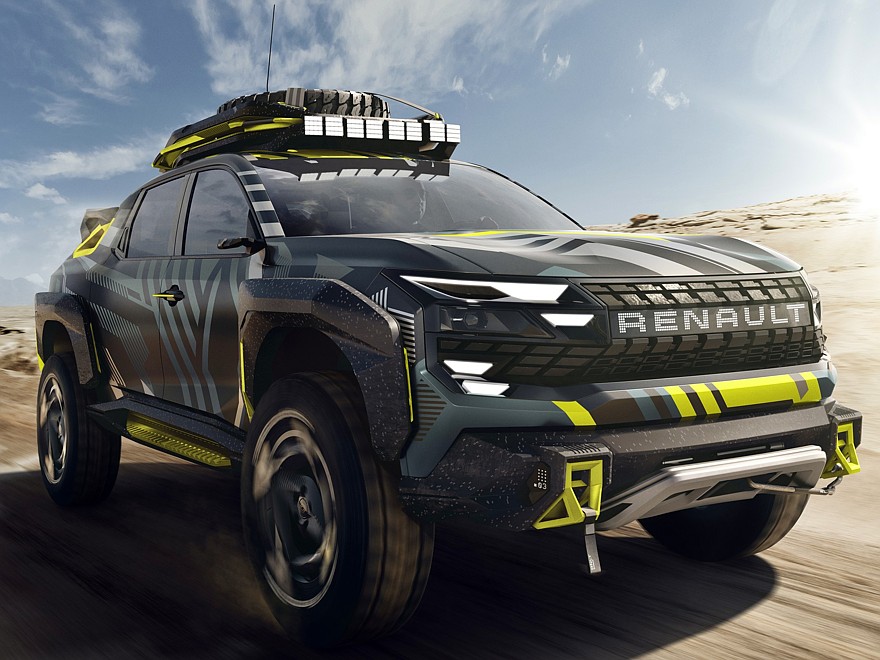 Renault Niagara
Renault Niagara
Renault claims that the new global platform is designed for cars with an overall length of 4 to 5 m and a wheelbase of 2.6 to 3 m. For this platform, there are three options for the “rear module”, that is, a rear suspension and an optional electric motor along with a gearbox , drive shafts and other “ammunition”. It is unknown whether there will be full-fledged electric vehicles on the new platform — the press release does not say anything about them.
In Europe, Renault is relying specifically on electric vehicles and the newly formed Ampere division responsible for them, which it plans to transform into a separate company for the purpose of conducting an IPO and attracting external investment. Renault's partners in the Renault-Nissan-Mitsubishi alliance also promised to invest money in Ampere, but it is not yet clear what benefits they will receive from this. In Renault's development plan outside Europe, Nissan and Mitsubishi are not mentioned at all.
Last month it became known that Renault would abandon joint purchases with Nissan and Mitsubishi. In July of this year, the Renault-Nissan-Mitsubishi alliance was formally relaunched after several years of management crisis, but the raison d'être of this alliance seems to be irretrievably lost.








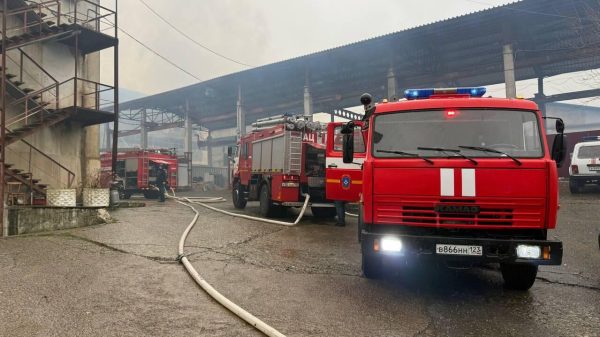










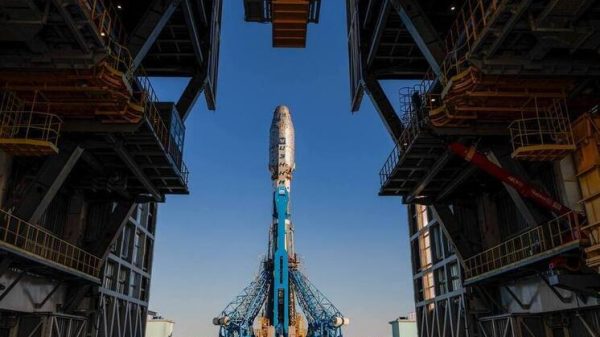













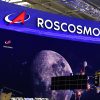



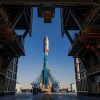

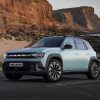















Свежие комментарии